
Pulp and wood units drive decline while CLT and biomethanol remain stable.

Pulp and wood units drive decline while CLT and biomethanol remain stable.

Industrial purchase prices decline 4.3% as wood and pulp inputs fall 4.2% and paper-products output prices drop 3.4%.
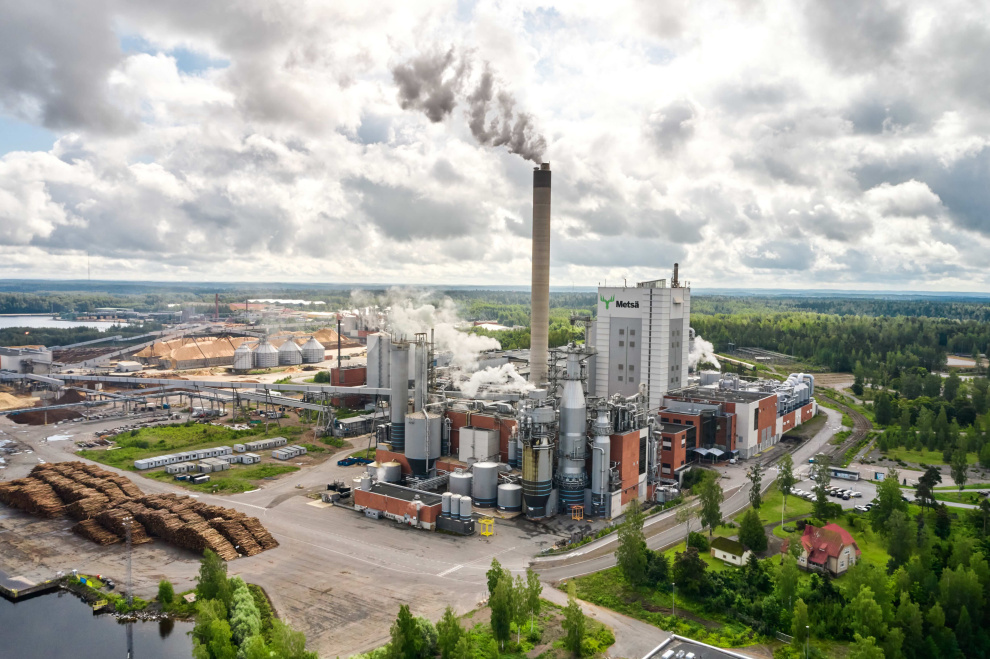
Comparable result shifts by Euro 116 million from Q1 as pulp demand weakens in Europe and China.

Florida metros lead price drops with Deltona down 32.2%, Crestview 32%.

FE holds 8.2 million ha under 418 certificates by 18 April 2024—including 354 CoC and 64 FM/CoC—versus FSC’s 63.0 million ha under 1 344 certificates on 31 January 2022.
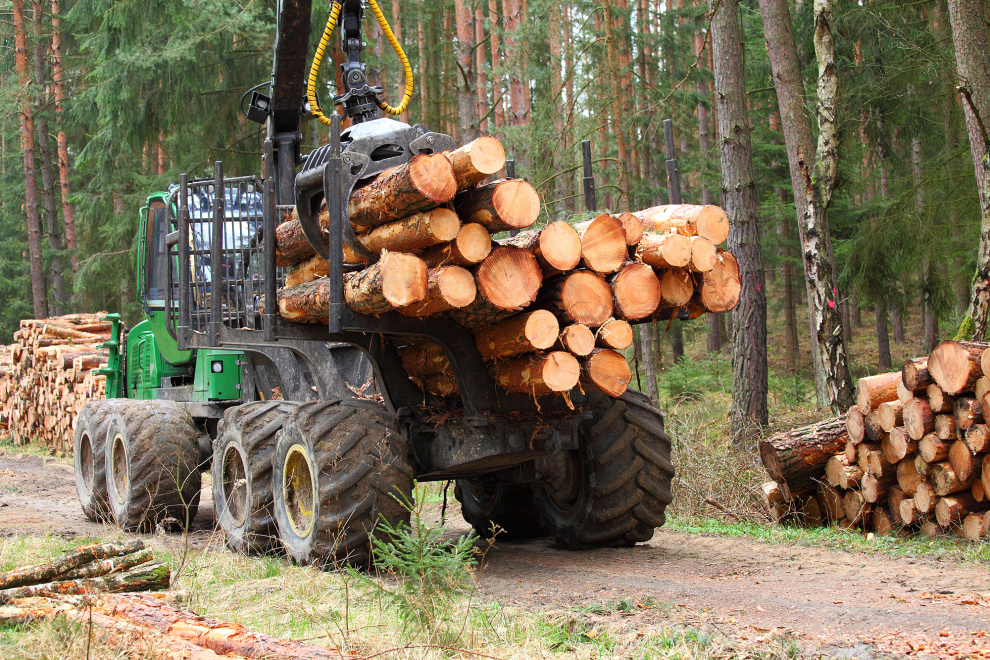
January–May removals total 27.2 million m3, 8% above last year.
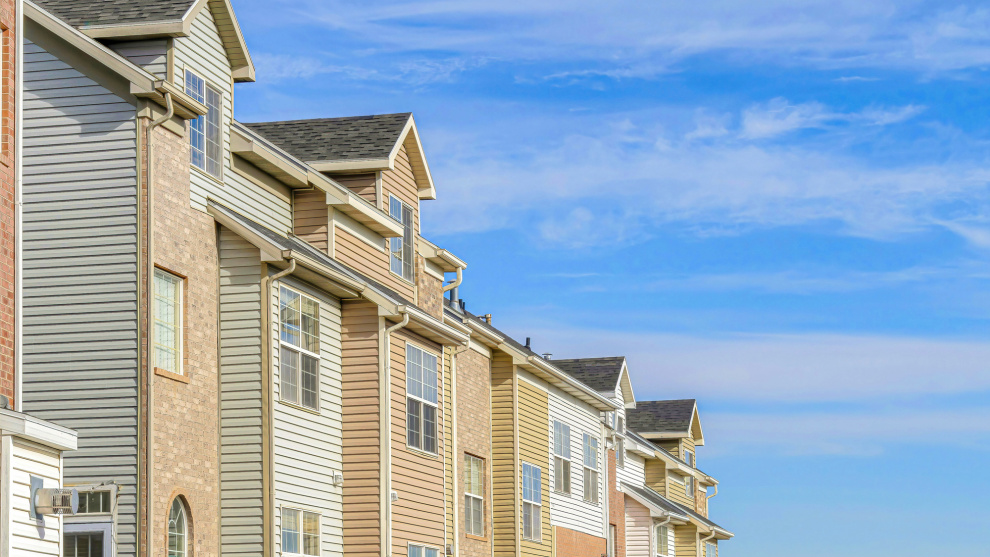
Sales pace of 4.03 million is lowest for May since 2009, unsold inventory climbs 6.2%.
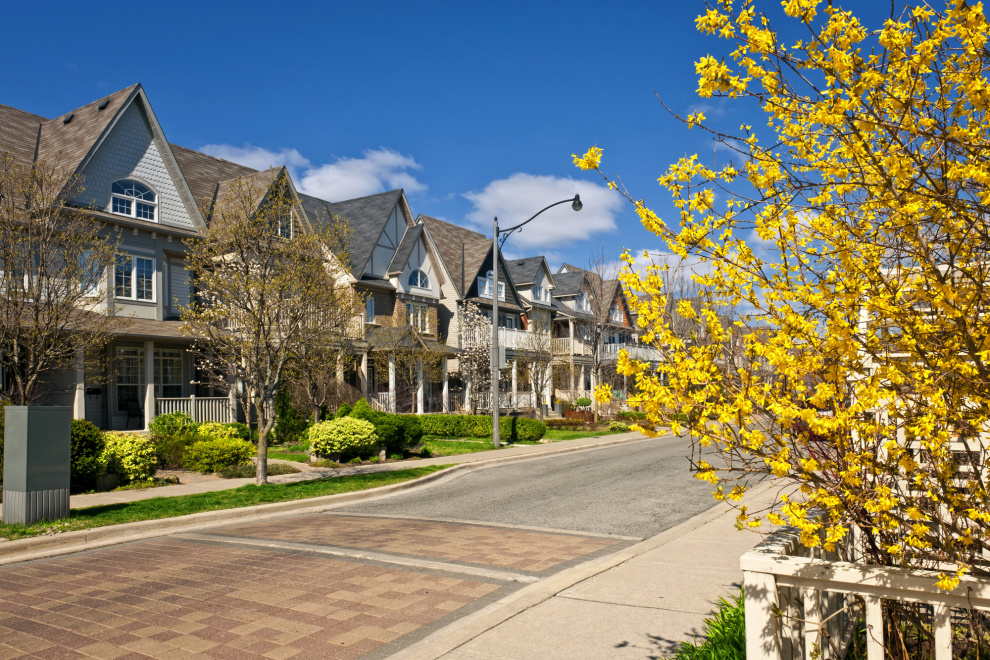
Median sale price reaches $440,997 as active listings rise 16.2% to 1,960,258.

National supply shows elasticity below 1 (PNW at 1.5), while South-Central’s 25-year rotation growth of nearly 200 m³/ha delivers positive NPV on planting.
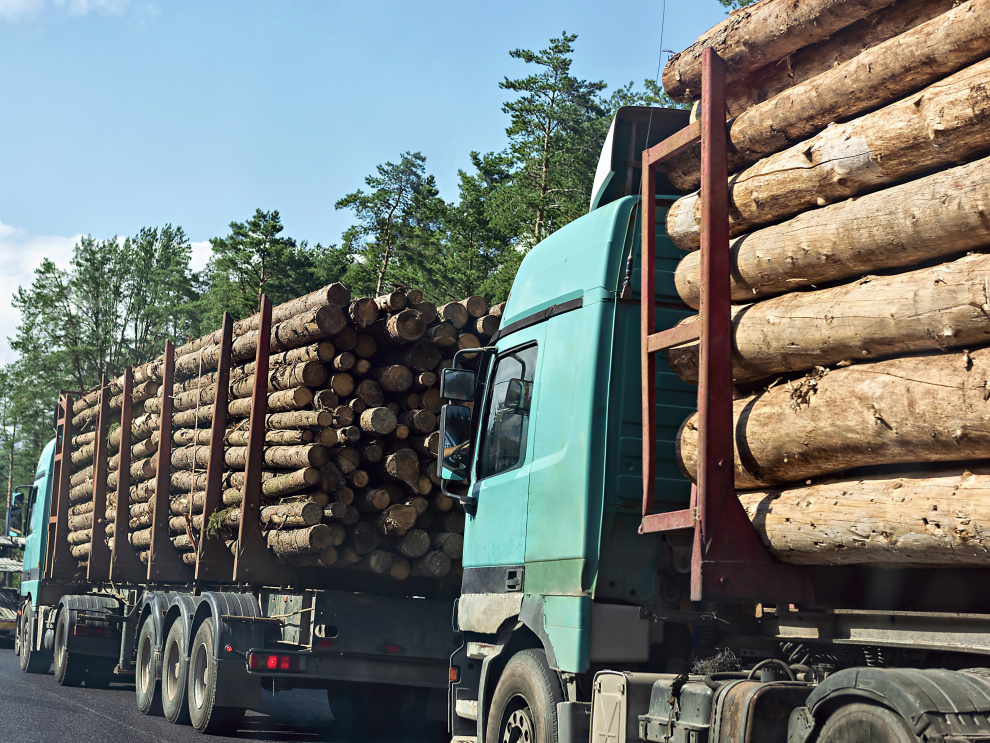
January–May trade volume rises 8% year-on-year and 23% over five-year average.
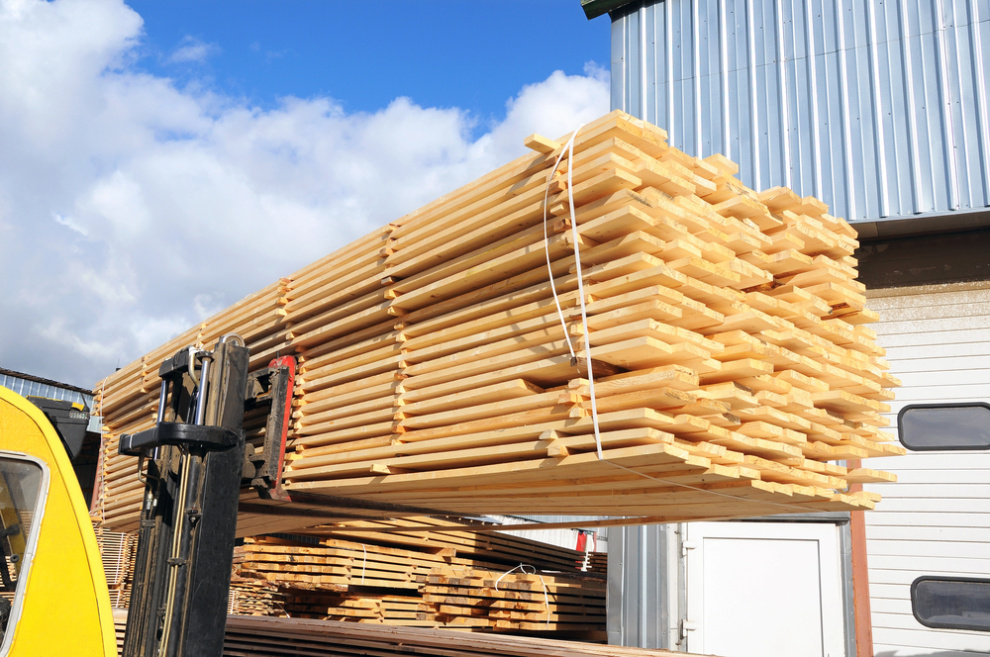
Holmen cuts 90,000 m3 of output while others slow production without layoffs.
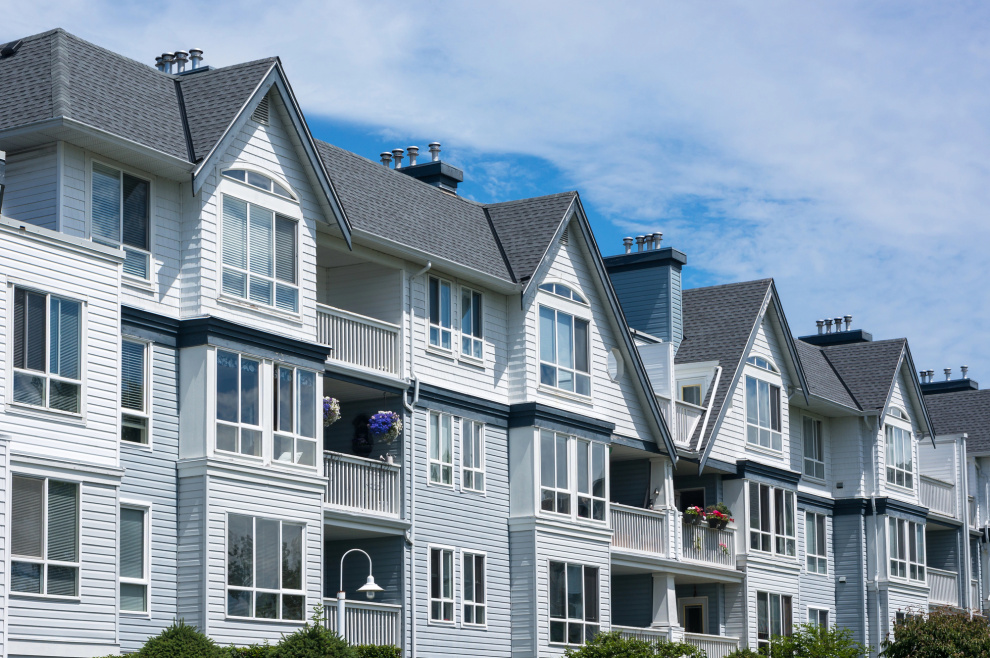
New York tops with 8% rise; Chicago and Cleveland up over 5%; Tampa down 2.2%.
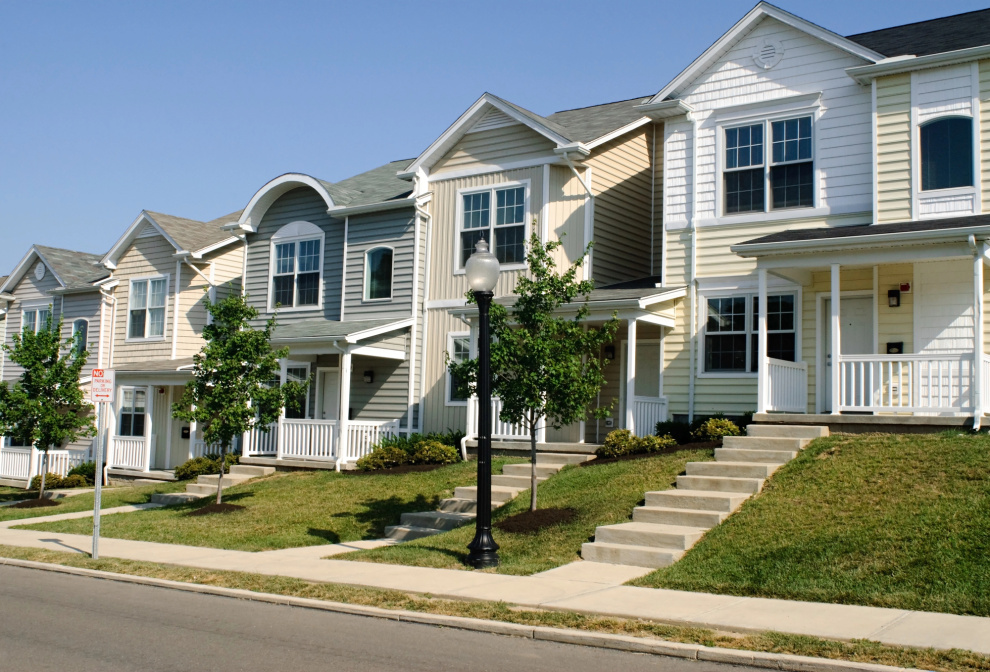
Charlotte leads metro declines as prices fall in 25 of top 50 U.S. cities.
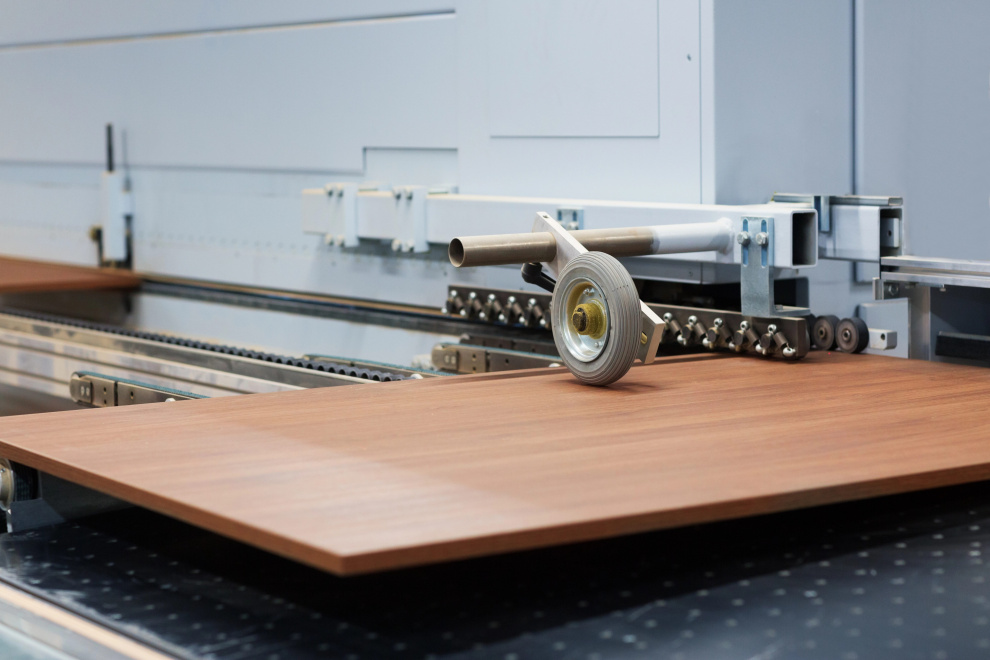
Kitchen furniture limits decline to 2% as export share holds steady at 33%.
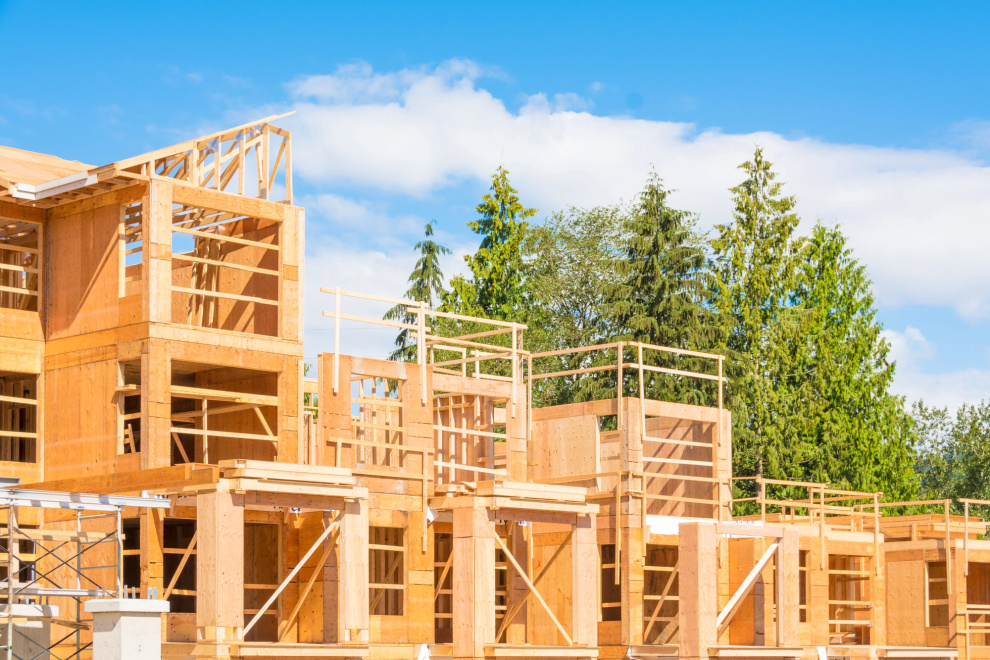
Single-family completions decline to 943 thousand, down 8% from March.
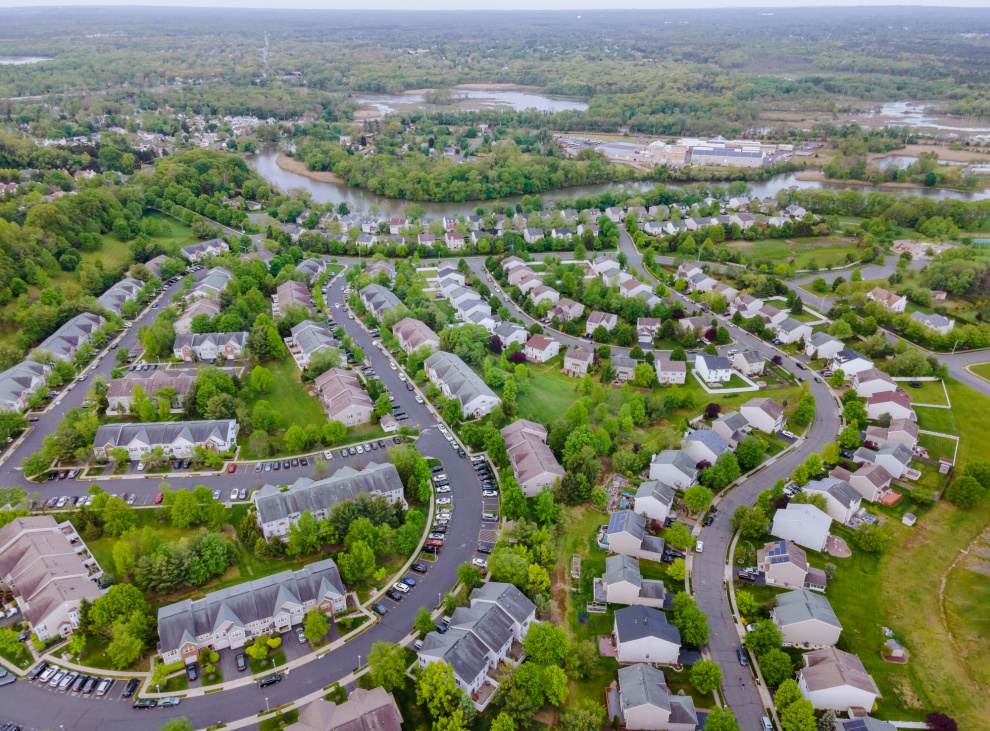
National average price drops 3.9% as inventory rises 14% across Canada.

Longer-term expectations are even more bullish.
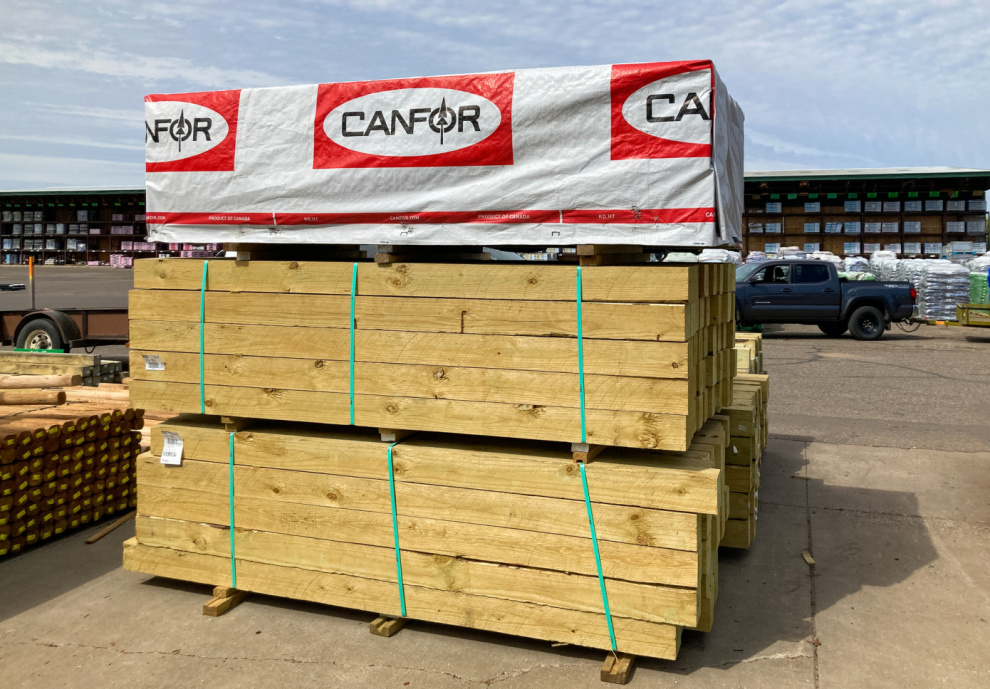
Western SPF 2x4 #2&Btr lumber price increases 13% amid supply constraints and tariff uncertainty.
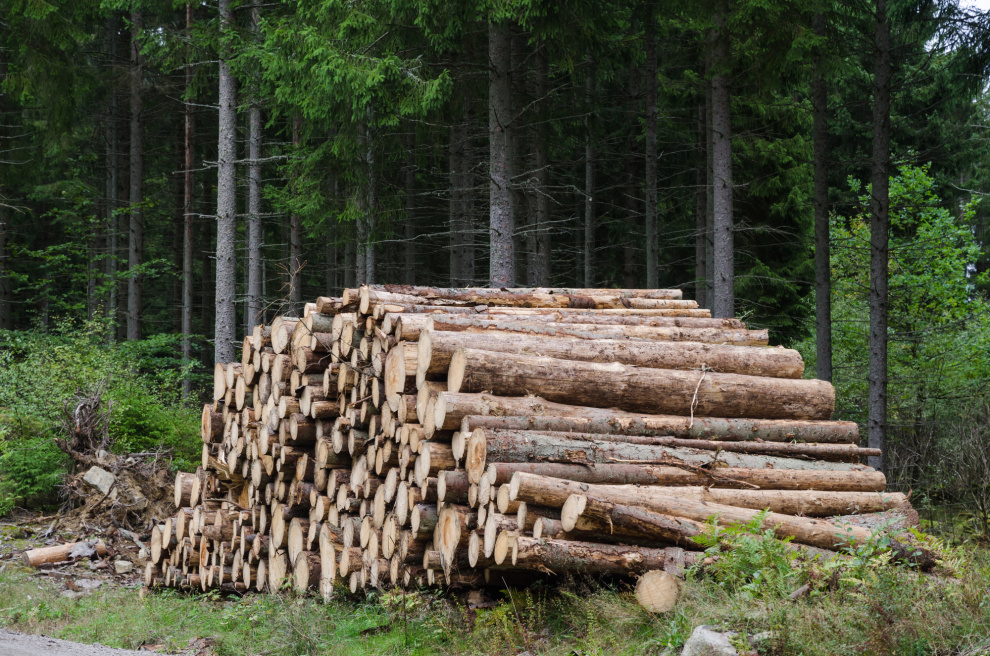
Pulp chips increase 34%, with hardwood pulpwood rising 39% year-on-year.

Logs contribute Euro 2.3 billion as pulpwood prices jump up to 20%.